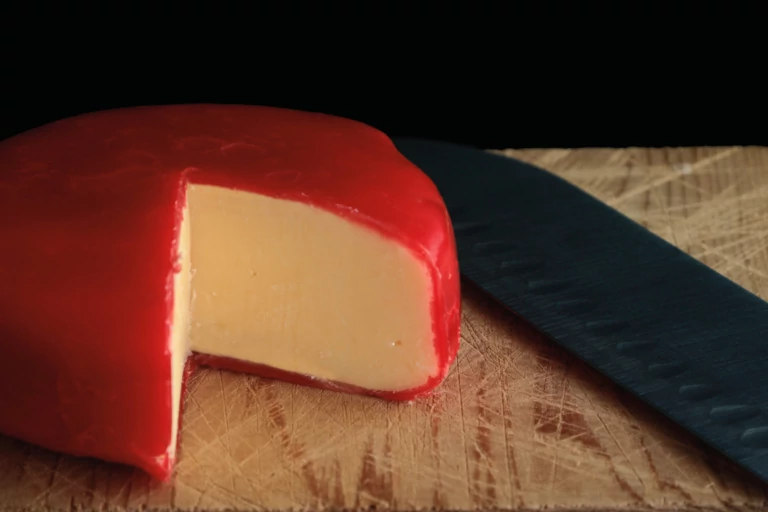NZ gets ‘Gouda’ at protecting Geographical Indicators

By Samantha Ludemann | Associate
On May 1st of May 2024, New Zealand will be introducing 1,975 Geographical Indications (GIs) from the European Union, following a Free Trade Agreement.
GIs work as a guarantee to consumers that a product comes from a specific location and has the particular features attributable to that location. GIs help safeguard the reputation and quality linked to products from those locations.
One of the most commonly recognised GIs is Champagne, which is a wine-growing region in France. Only wine produced in Champagne that meets the appropriate quality can be identified as Champagne. Wine made in the Champagne style but not from this region in France cannot be called Champagne and will often be referred to as sparkling wine.
Currently, New Zealand’s GI register, administered by the Intellectual Property of New Zealand (IPONZ), is limited to wine and spirits as under the Geographical Indications (Wine and Spirits) Registration Act 2006. Examples of GIs currently on New Zealand’s register include Central Otago (wine), Marlborough (wine), Scotch Whisky (spirits), and Cognac (spirits).
While the EU has also committed to implementing comparable protections for the GIs currently safeguarded in New Zealand. However, the newly introduced EU GIs, that will now have protection in New Zealand, will not only cover wine and spirits but also a wide range of food items.
Starting May 1st, the use of these terms on products by individuals or businesses is restricted, and exceptions will only apply if the product originates from the designated European location associated with the GI and adheres to the GI’s criteria.
Some of the more familiar GIs to be introduced include Feta, Munich beer, Bavarian beer, Port, Sherry, and Prosecco. These terms will not be restricted immediately and instead are to be ‘phased out’; therefore, use of these terms remains unrestricted until the phase-out period concludes. See the IPONZ website for a comprehensive list of the GIs to be phased out, including the time restrictions on each.
Traders who were previously using the GIs Gruyère or Parmesan can continue to do so, but only if they have:
- consistently used them in good faith for 5 years or more prior to 1 May, and
- are listed on the records of previous users compiled and shared prior to the signing of the European Union Free Trade Agreement,
All other agreed-upon GIs from the EU will be prohibited from use on May 1st. The GI register will be updated with all protected EU GIs on May 1st. Traders currently using these GIs, not subject to a phase-out period or other conditions, can continue to do so until their existing levels of stock are sold.
Businesses trading in New Zealand should understand their responsibilities and obligations when wanting to label products with protected GIs, as the terms ‘kind’, ‘type’, ‘style’, ‘imitation’, ‘method’, ‘flavour’ or similar following a GI (e.g., Feta style) or translations/transliterations of a GI will also not be permitted.
Australia has not adopted the EU GIs as a whole. However, Australia has negotiated trade agreements with the EU that may include provisions regarding the protection of certain GIs for specific products. Currently, protection of GIs in Australia can be given by a certification trade mark with IP Australia or protected under sections 40ZC and 40ZD of the Wine Australia Act 2013 on a register administered by Wine Australia.


